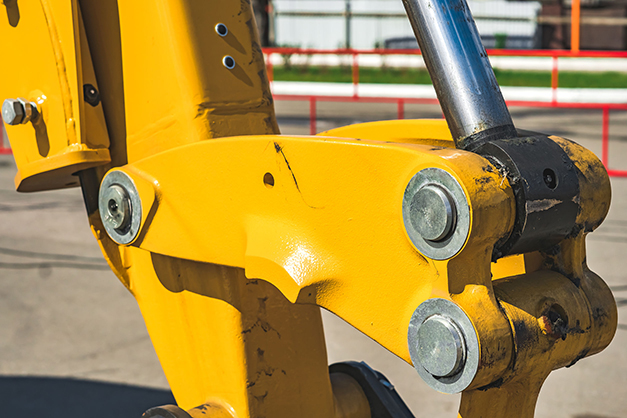SafeWork SA remind businesses to have safe systems of work in place when working with hydraulic cylinders and removing seized pins by applying heat.
Background
In November 2019, a worker was unable to remove a seized clevis pin at the bottom of a hydraulic cylinder. The worker attempted to free the pin by applying heat using an LPG & oxygen torch after other methods failed.
Direct heat was applied over a short amount of time. When the worker heated the pin, a flash flame occurred, engulfing the workers’ head area before self-extinguishing.

A similar incident occurred in Western Australia in 2013 when a worker died when a hydraulic cylinder he was heating with an oxy acetylene torch exploded.
Safety issues
Both incidents share similarities including
- seized clevis pins on sealed hydraulic cylinders
- residual hydraulic fluid within the hydraulic cylinder
- heat applied to the cylinder.
Risk control measures
PCBUs must ensure that:
- no heat-producing equipment, such as oxy acetylene / gas torches and angle grinders to be used on any sealed hydraulic equipment (e.g. lines and cylinders)
- hydraulic fluid is totally removed from a system and cylinders are unsealed and left open to atmospheric pressure before applying any form of heat
- A safe system of work is developed for any maintenance on hydraulic systems, including the removal of seized clevis pins.
Further information
Fatal injury from heating hydraulic cylinder – WorkSafe WA


